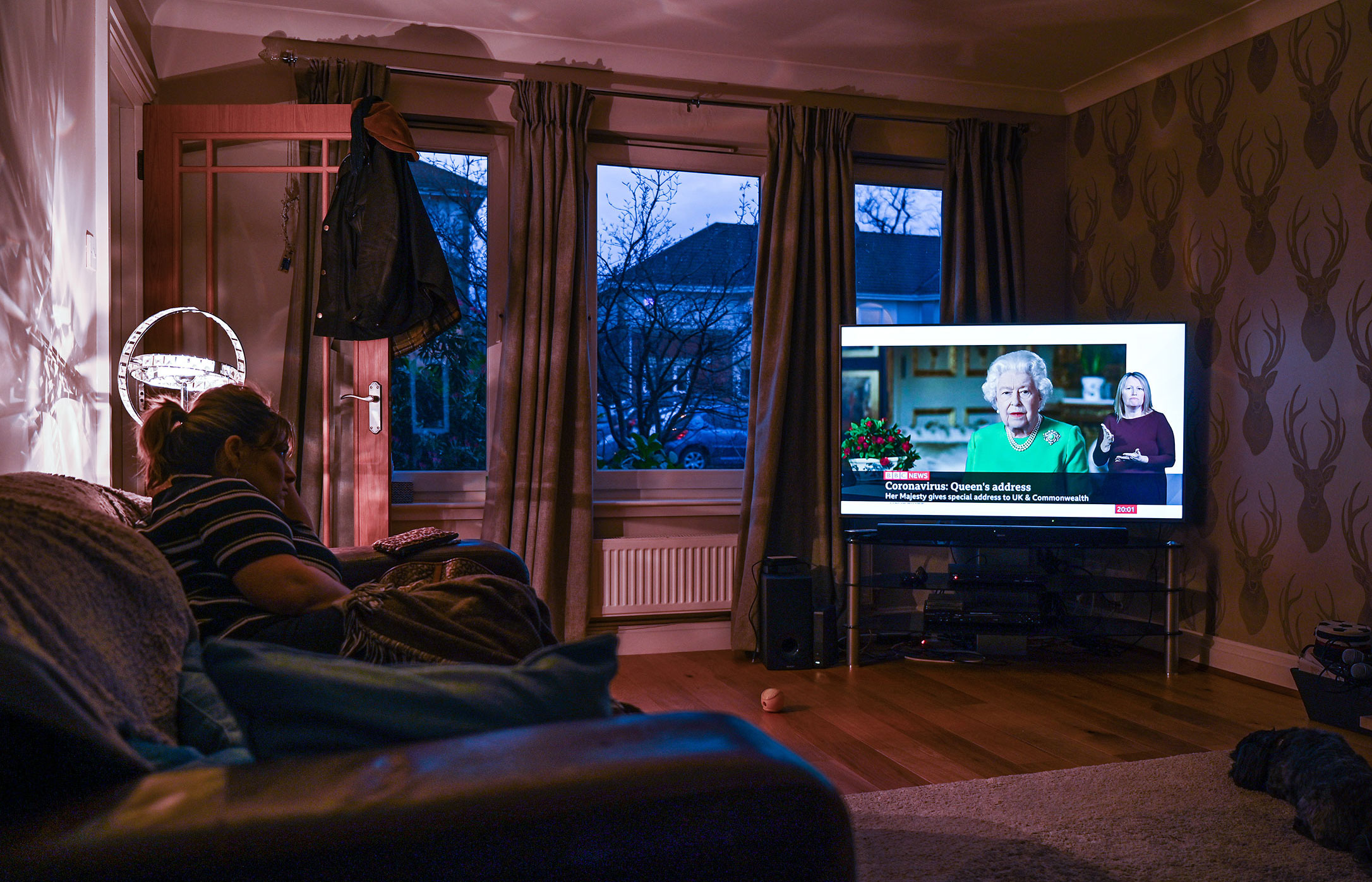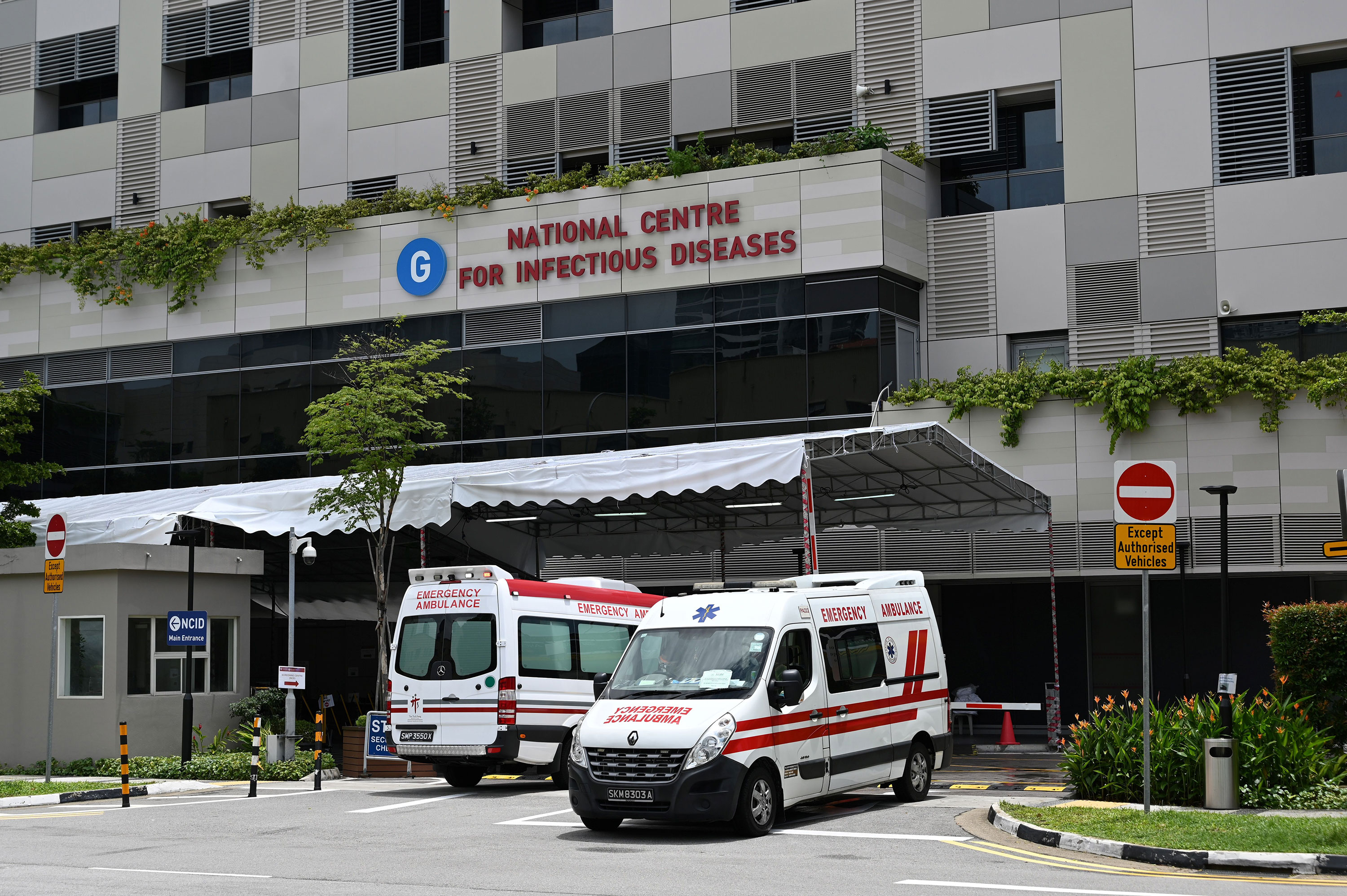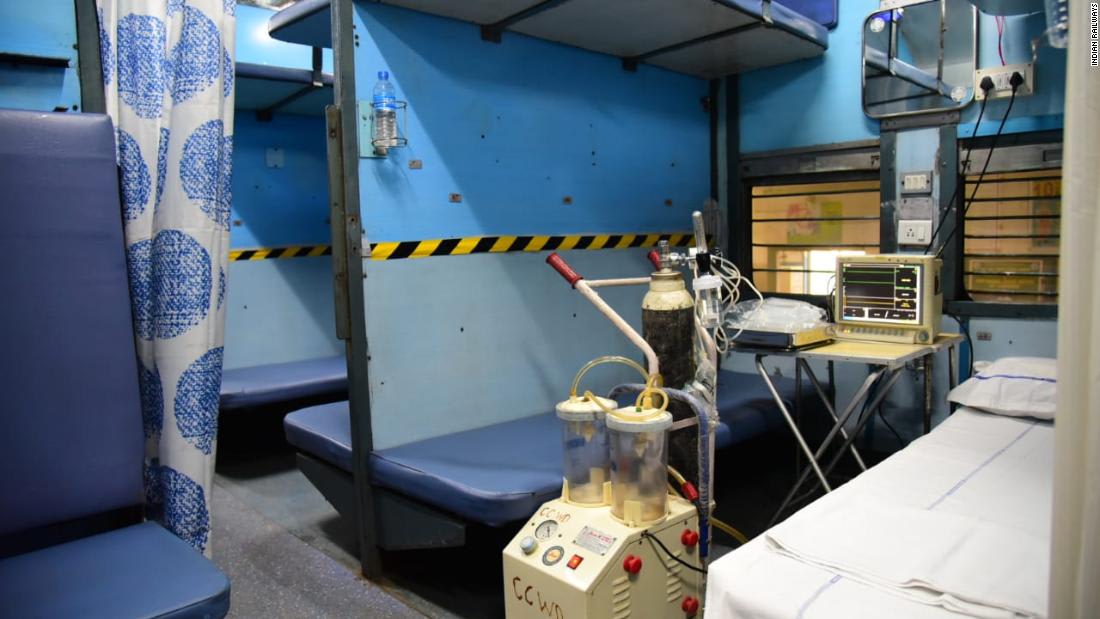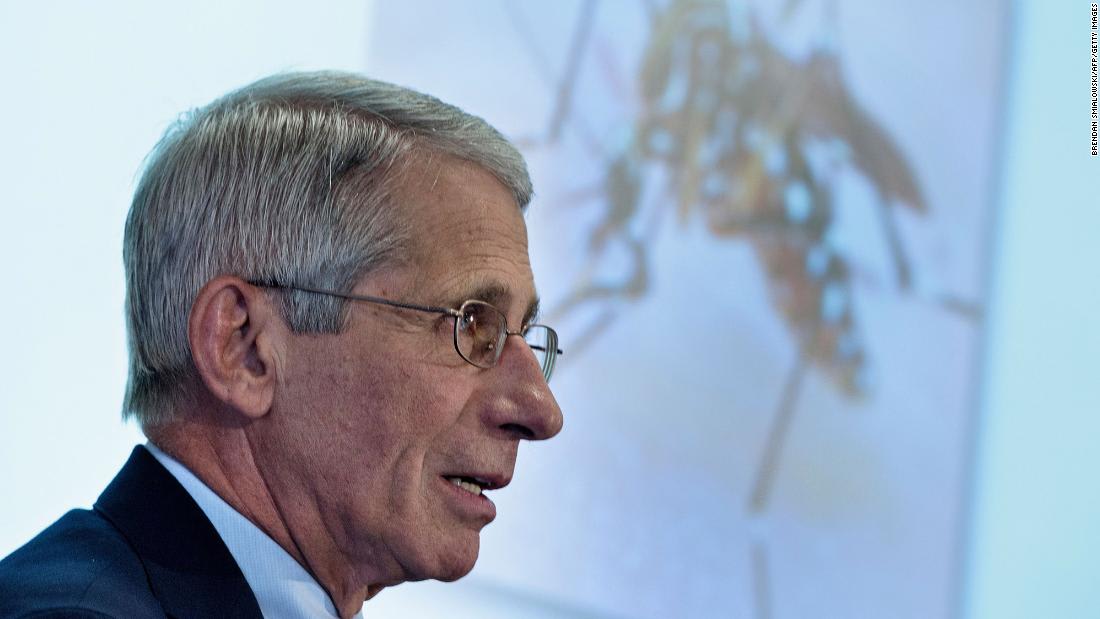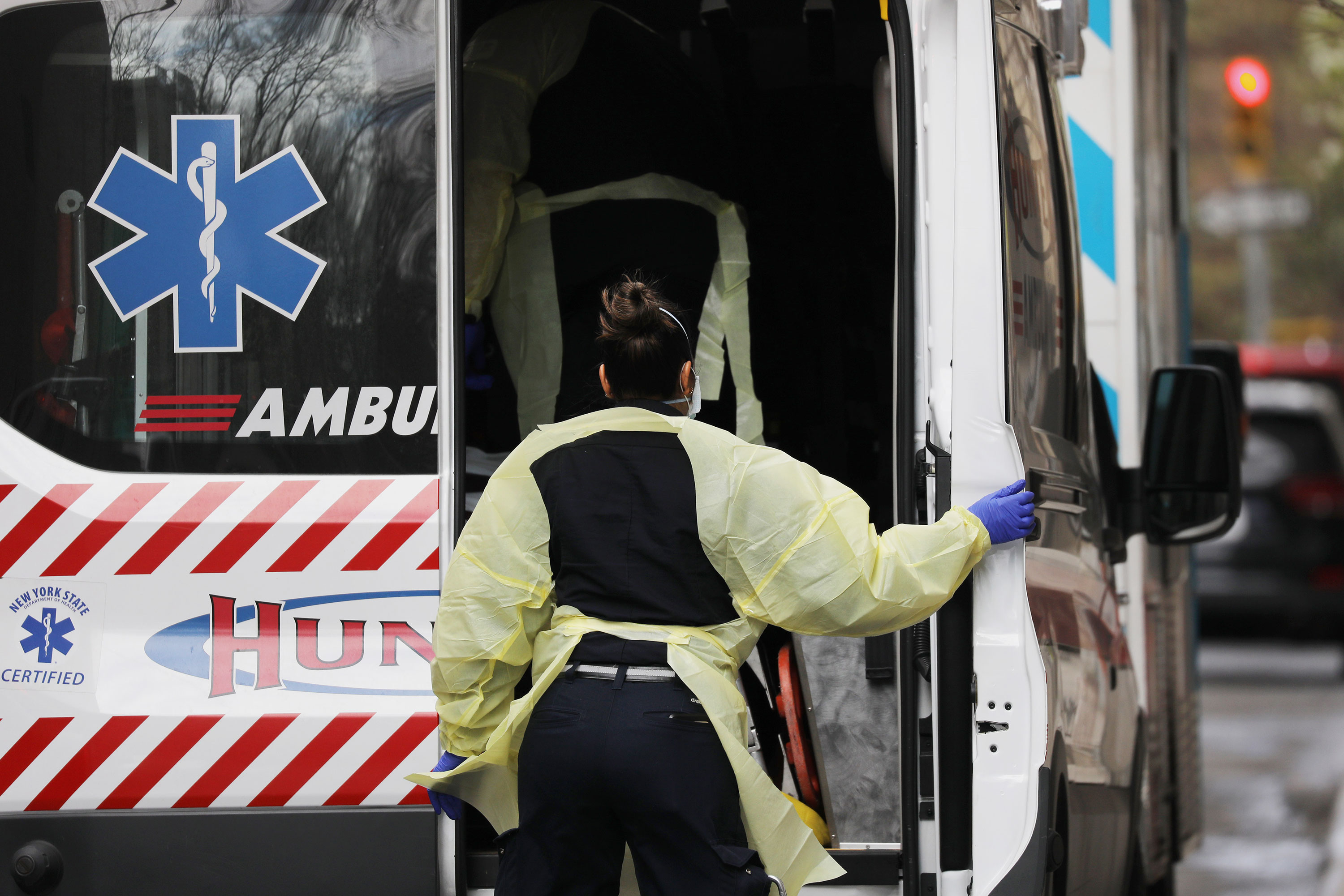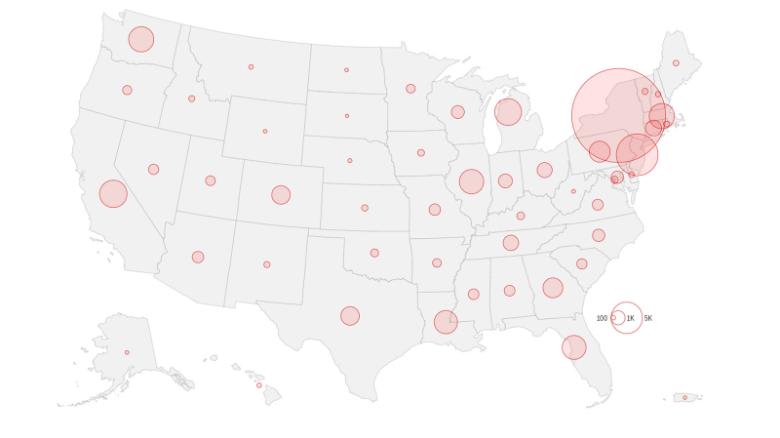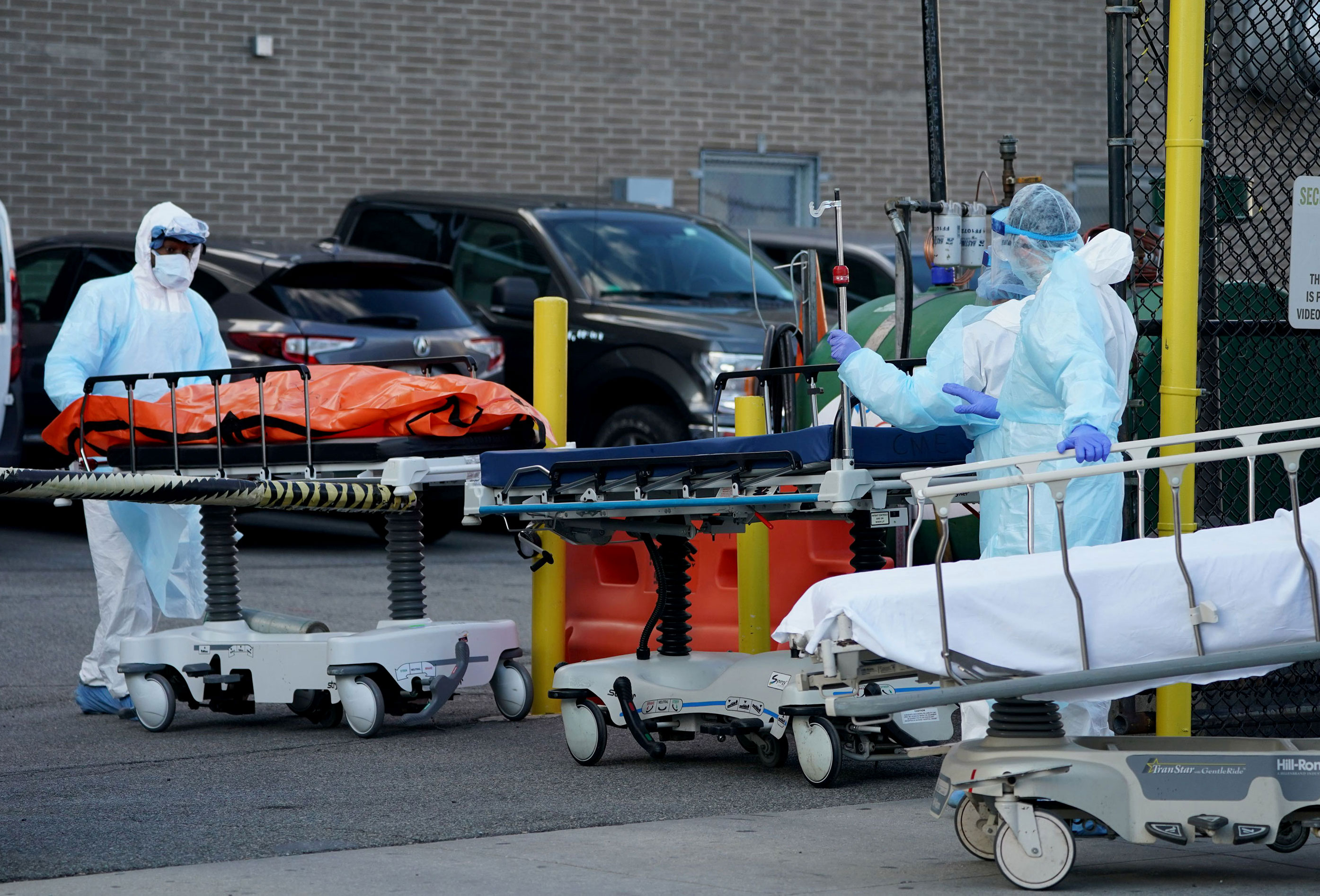
The novel coronavirus pandemic continues to batter much of the world, with total global cases past 1.27 million.
The US now has more than four times China's total cases, and is the worst-hit country.
This is how the pandemic looks around the world:
- Chaos in the US: The US has more than 337,000 cases, with New York at the epicenter. Most of the country is under movement restrictions, with people ordered to stay at home except for essential reasons. Emergency personnel and medical staff have spoken of insufficient resources, war-like conditions, exhaustion and fear. In one New York hospital, six patients went into cardiac arrest and four died within 40 minutes.
- China returns to normal life: The past few weeks have seen the rate of new daily cases drop dramatically in mainland China, according to government figures. Yesterday, China reported 39 new cases nationwide and just one death -- a striking contrast to the thousands of new cases reported each day during the peak in February. Restrictions are now lifting and people are returning to normal life; photos this weekend show hikers crammed onto a famous mountain.
- Controversy in Japan: The daily count of new coronavirus cases in Japan has doubled in the past week. Many have criticized the government's handling of the crisis: the Prime Minister has repeatedly refused to declare a state of emergency or lock down Tokyo, and patients have had difficulty getting tested. To make things worse, people are reluctant to work from home, continue to gather outside, and are commuting during rush hours.
- Slowdown in parts of Europe: Spain, Italy, Germany, and France are the four countries with the highest number of cases after the US. But evidence suggests the worst may have passed for some of these places; yesterday Spain saw the lowest rise in deaths since early March. Meanwhile, the mood in the UK is grim, with Prime Minister Boris Johnson admitted to hospital and the Queen giving a rare national address.
- Cases spike in Iran: Iran, which became the epicenter of the Middle East outbreak in March, is still seeing high numbers -- 2,483 new cases in 24 hours were reported yesterday. Despite this, the President said yesterday that foreign media "exaggerate the issue," and that some restrictions will be lifted this week, allowing "low-risk businesses" to return to work.
